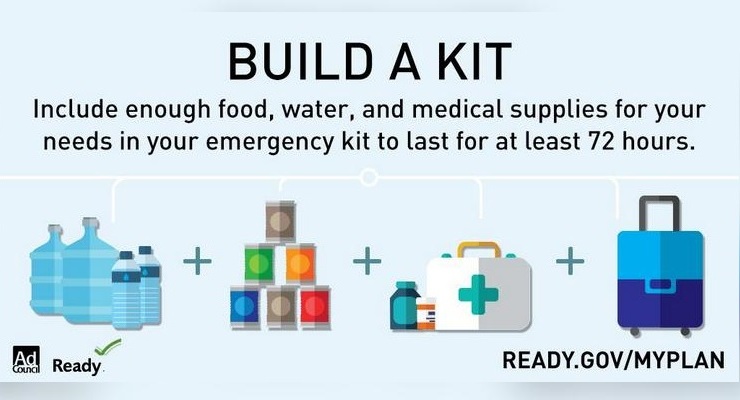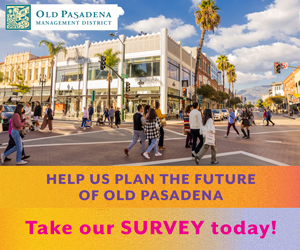
With Southern California’s biggest tropical storm since 1939 closing in on Pasadena, it’s time to clear your head and think seriously about what you’d do if you had to get up and go – fast!
What do you bring with you if you or your family needs to evacuate? What if you are told to evacuate immediately? A disaster Go-Bag is a necessity.
Go-bags can range from basic and small – to prepping for months of survival. However, what if you only have $25-$30 to spare to prepare yourself? This article will lay out how to make a Go-Bag on a budget and what essential items you can get at a low cost.
Let us begin with the bag itself. Seeking out free options is always a good start, so try asking your neighbors or church if someone has a spare backpack laying around. Thrift shops are another great location to get a low-priced backpack. You can also find inexpensive bags at the dollar store or consider using the $1 reusable bags for sale at most stores. Before filling your bag with survival essentials, the first items that should be put into your Go-Bag are important paperwork such as copies of birth certificates, passports, social security cards, IDs, and cash. Infrastructure and local/state governments could be impacted by the disaster and having these documents could be vital.
Now, what to pack?
- Map – If cell towers are down, good luck trying to use Google maps. Buying an old-fashioned map can help with evacuation routes. Speaking of evacuation routes, make sure to mark your route on the map prior to emergencies. Mark any infrastructure that could lead to delays or challenges, such as bridges or tunnels.
- General Medicine (pain reliever, bandages, antiseptics) – this can be pricey but get generics from the drug store. If you or a loved one has prescription medication, make sure that it is in or near the Go-Bag, and include any paperwork associated with the medication as well.
- Radio – again thrift shops are a good place to start when looking for a small radio.
- Matches or a lighter
- Flashlights or candles
- Gloves
- Permanent marker
- Toiletries and personal hygiene items
- Feminine products – These can = also be used out of the package as fire starters or for first aid use on nosebleeds and other injuries.
- Toilet Paper or wipes
- Spare contact lenses, solution, contact cases, and/or eyeglasses
- Ziploc bags – or generic brand
- Knife or box cutter
- Poncho/ Large trash bag
- Extra bags – For the free kind, old shopping bags can be used.
- Water – Bottled water can take up space in your Go-Bag so if you come across packaged water in a bag, grab that instead. Personal water filters, available in sports stores and online, are a great option.
- Snack bars and other packaged non-perishable food – Try to get items high in calories and protein. Meals-Ready-to-Eat can be expensive and not found in your local convenience store.
- Extra clothes
- Comfortable shoes
- Electronic device chargers
- Hand sanitizer
- Hat
- Sunscreen
- Insect repellent
- Whistle – the dollar store might have these in the party section as prizes for kids. Try to find something that can make noise for others to hear you in a recovery scenario.
The items listed above can be found at a convenience store or already within your home. Taking the time to set aside these important survival essentials in an easy-to-reach area near an exit can better prepare you and your loved ones. Make sure you have an evacuation plan and share it with family or neighbors. If transportation is a limiting factor speak to a neighbor or a member of your community willing to help. Having a strong disaster plan is just as important as a Go-Bag.
For more information on how to build a kit, make a plan, and stay informed, visit Ready.gov.
Special thank you to Christine Ortiz Gumina, MPH Program Manager, Emergency Preparedness, Response and Recovery, National Network of Public Health Institutes













